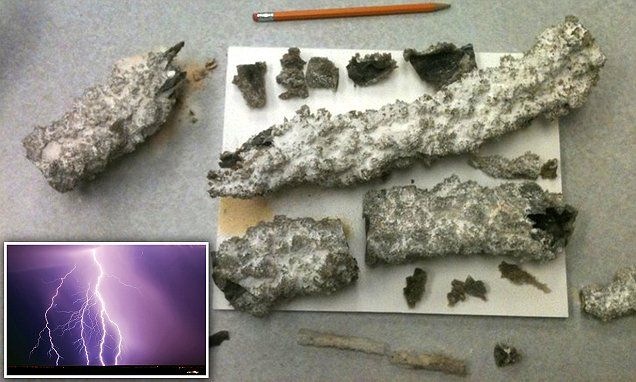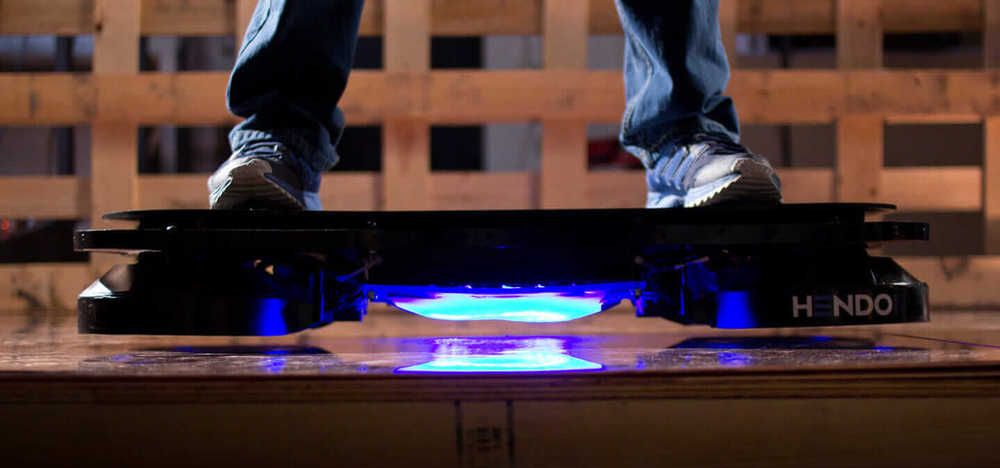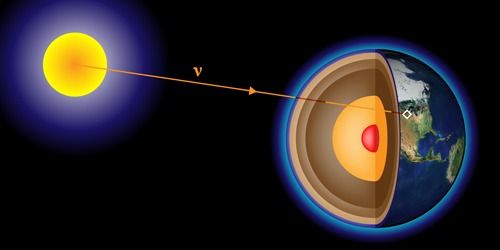SPACEX STARLINK is Elon Musk’s mission to bring broadband around the world. However the Royal Astronomical Society has now voiced concern over the controversial satellite constellation.



An expert from the University of South Florida deduced how big a bolt of lightning was based on the size of rocks formed by lightning.
When lightning strikes sand it creates a new type of rock, called fulgurite – a hollow tube formed as the lightning travels through the sand, vaporizing it and melting its outer edges.
Researchers determined that on average, the energy required to form these rocks was at least about one megajoule per meter of fulgurite formed.

By New Scientist, An Energy Realities Partner
Nobody has all the answers to the world’s energy questions, so New Scientist has teamed up with Statoil to search for solutions from New Scientist’s audience.
The question posed was: How much energy is in a lightning bolt? Is it enough, and are there places where lightning strikes often enough, to think about flying kites to transfer that energy to the grid?

TOKYO — Toyota is ramping up electric vehicle deployment plans, pulling forward its goal of selling 5.5 million electrified vehicles by five years and aiming to develop a solid-state battery by next summer as it races to meet a “sudden surge” of EV popularization.
Toyota now aims to sell some 5.5 million traditional gasoline-electric hybrids, plug-in hybrids, EVs and hydrogen fuel cell vehicles by 2025. Nearly 1 million of them could be pure EVs.
Executive Vice President Shigeki Terashi, Toyota’s r&d chief, outlined the new roadmap in a June 7 briefing about the company’s EV plans. In December 2017, the company had said it wanted to sell that many electrified vehicles by 2030, five years later than the revised outlook.

Future spaceships could use black holes as powerful launch pads to explore the stars.
A new study envisions firing laser beams that would curve around a black hole and come back with added energy to help propel a spacecraft to near the speed of light. Astronomers could look for signs that alien civilizations are using such a “halo drive,” as the study dubs it, by seeing if pairs of black holes are merging more often than expected.
Study author David Kipping, an astrophysicist at Columbia University in New York, came up with the idea of the halo drive through what he calls “the gamer’s mindset.”

A gravitational wave generating device comprising an energizing means such as magnetrons, which act upon energizable elements such as film bulk acoustic resonators or FBARs. A computer that controls the magnetrons’ phase. A gravitational wave generation device that exhibits directivity and forms a gravitational-wave beam. The utilization of a medium in which the gravitational wave speed is reduced in order to effect refraction of the gravitational wave and be a gravitational wave lens. A gravitational wave generator device that can be directed in order to propel an object by its momentum or by changing the gravitational field nearby the object to urge it in a preferred direction and be a propulsion means.



Future neutrino experiments may provide tomographic scans of Earth’s interior by viewing solar neutrinos that pass through our planet’s layers.
The Sun showers Earth with neutrinos, but this “glow” doesn’t dim when the Sun goes down. At night, solar neutrinos penetrate Earth, impinging detectors from below. Like x rays in a medical scanner, these planet-traversing neutrinos might offer information about the material they pass through. New theoretical calculations show that future experiments, such as the Deep Underground Neutrino Experiment (DUNE), could characterize the different layers inside Earth with neutrino-based tomography.